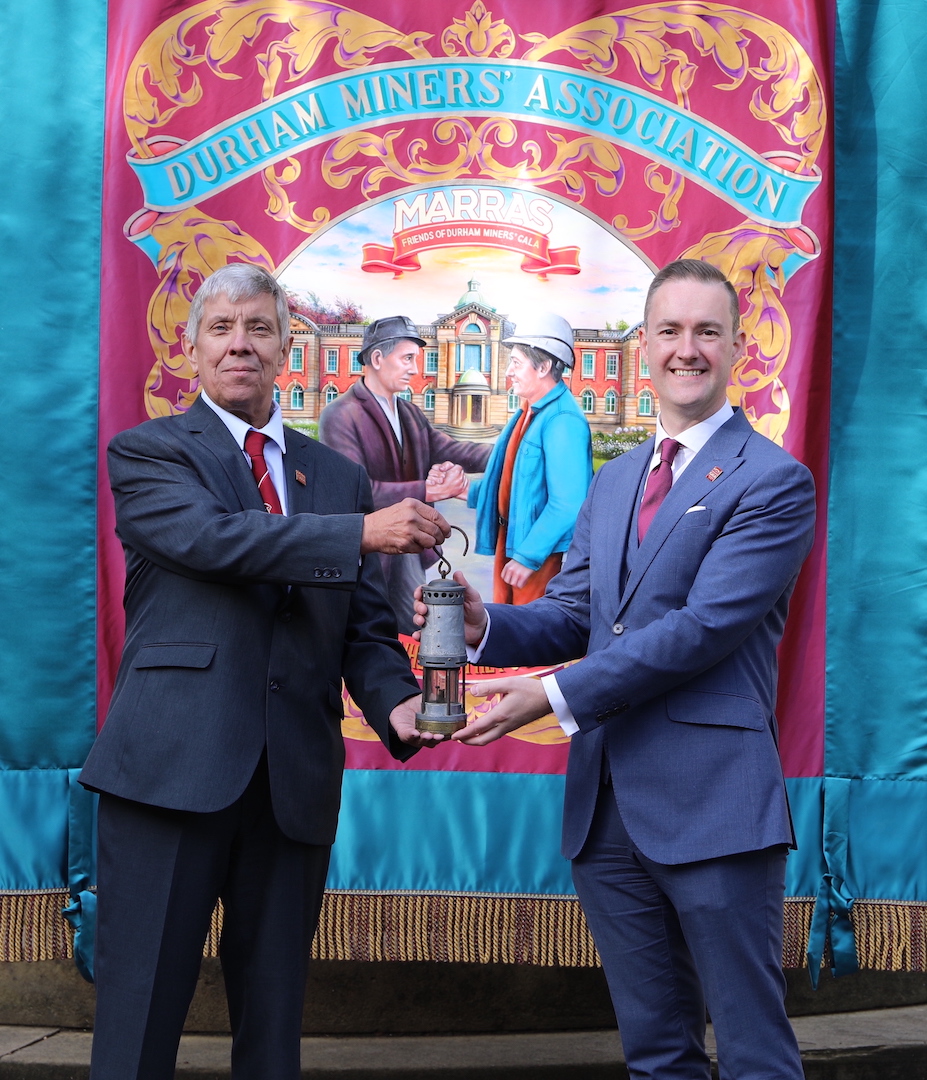ABOUT US

Durham Miners’ Association New Hall and Offices, affectionately known as Redhills, stands as a testament to the rich history of social progress and community enterprise in North East England.
Opened in 1915, Redhills was designed by H. T. Gradon in Edwardian Baroque style to replace the former Miners’ Hall building in North Road.
From the Industrial Revolution to the 1960s, coal mining played a crucial role in the UK’s economy, employing hundreds of thousands of men and producing millions of tons of coal annually. The hardships faced by miners and their families paved the way for a movement of social reform, which predated the welfare state and left a lasting impact on society. Redhills, situated in Durham’s city centre, is a Grade II listed building and home to the Pitman’s Parliament, representing one of Europe’s finest examples of trade union architecture.
The Rise of Coal Mining in the UK
The Industrial Revolution brought about a significant increase in demand for coal, leading to the rapid expansion of the mining industry in the UK. By the 19th century, coal mining had become one of the most essential industries in the country. In North East England, the Great North Coalfield thrived, employing nearly 250,000 men and operating around 400 pits. The coal extracted from these mines was vital in powering the nation’s factories, railways, and homes.
Life as a Miner
Working in the mines was arduous and dangerous, with miners facing constant physical exertion and the risk of accidents. The daily routine of a miner involved descending into the depths of the earth, navigating narrow tunnels, and using heavy machinery to extract coal. The work was physically demanding and often carried out in cramped conditions, leading to health issues such as respiratory diseases. Despite the challenging conditions, the camaraderie and solidarity among miners created a strong sense of community.
The Emergence of Social Reform
The hardships faced by miners and their families drove the emergence of a social reform movement that sought to improve their living and working conditions. This movement, which advocated for better wages, safer working conditions, and improved healthcare, laid the groundwork for the welfare state that would later be enshrined in parliamentary statute. The Durham Miners’ Association played a pivotal role in representing the miners’ interests and fighting for their rights.
Redhills: A Beacon of Social Progress
Redhills, stands as a symbol of the progress achieved through community enterprise. Located in Durham’s city centre, the hall is easily accessible from the mainline train station and is near the city’s UNESCO World Heritage Site. This Grade II listed building is a magnificent example of trade union architecture in Europe and has been recognised by Historic England as an ‘irreplaceable’ place.
Pitman’s Parliament: A Unique Assembly
At the heart of Redhills is the Pitman’s Parliament, a unique assembly that provided a platform for miners to voice their concerns and shape the future of their industry. This democratic institution allowed miners to debate and pass resolutions on various issues, from pay and working conditions to broader social and political matters. The Pitman’s Parliament was a powerful symbol of working-class empowerment and was crucial in shaping the region’s social and political landscape.
Redhills Today: Preserving History and Inspiring the Future
Today, Redhills continues to be a vibrant hub of community activity, preserving the rich history of the mining industry while also inspiring future generations. The building houses a museum that showcases the heritage of the miners and their contributions to society. It also serves as a venue for cultural events, conferences, and exhibitions, attracting visitors from all walks of life. The hall stands as a reminder of the struggles and triumphs of the past, offering insight into the social and economic transformation that occurred in North East England.
The story of Redhills Durham Miners Hall is a testament to the resilience and community spirit of the miners who toiled in the coal mines of North East England. From the hardships of the Industrial Revolution to the emergence of social reform, the mining industry played a crucial role in shaping the region’s history. Redhills, with its Pitman’s Parliament and trade union architecture, stands as a symbol of the progress achieved through community enterprise. It serves as a reminder of the struggles and triumphs of the past and inspires future generations to continue the fight for social justice and equality. We hope that you will visit Redhills to immerse yourself in the rich history of the mining industry and experience the enduring legacy of the Durham miners, when we reopen to the public.

REDHILLS CIO
Durham Miners Association has returned Redhills to the communities whose values inspired it, whose labour paid for it and whose resilience sustained it. Redhills CIO has been constituted as a charity to serve as stewards of this heritage on behalf of the community.
When Redhills reopens you can look forward to:
- Audio Visual Interpretation
- A living archive of the Durham Coalfield
- Conferences
- Weddings
- Live events
- Exhibitions
- Community projects
- Youth Parliament
- Youth Brass Bands
- Space to be creative


